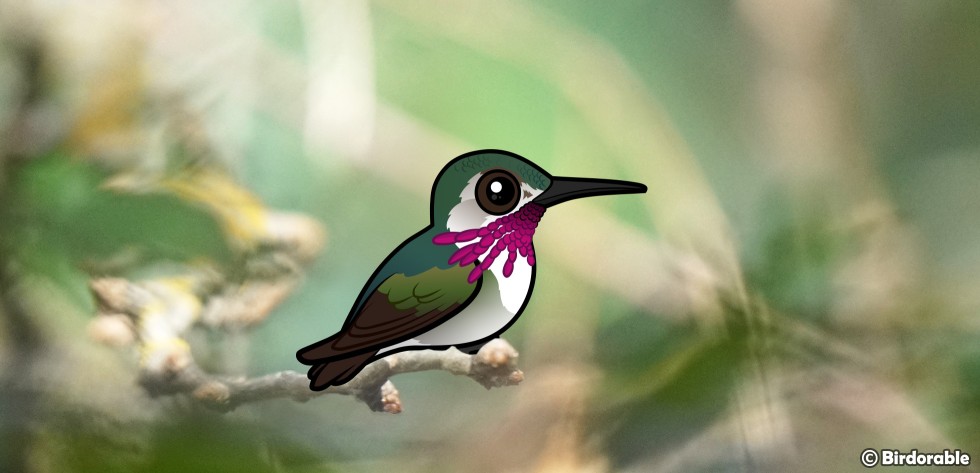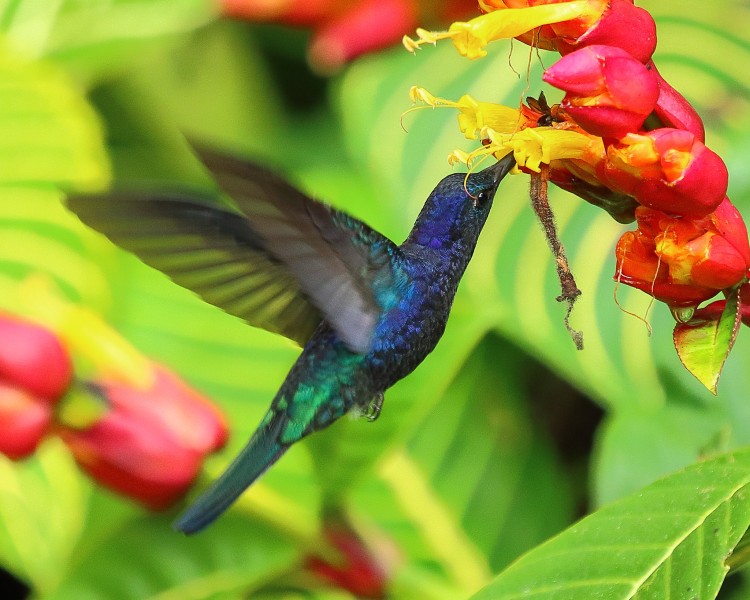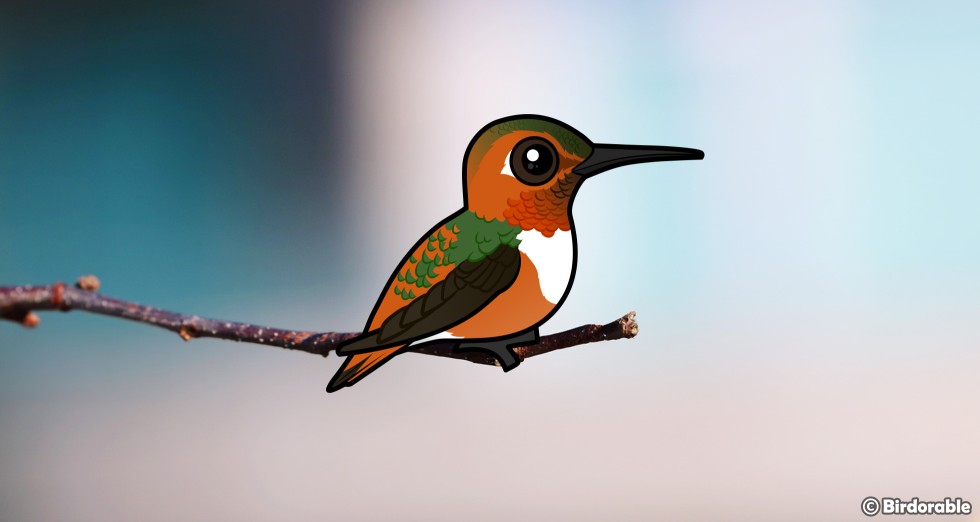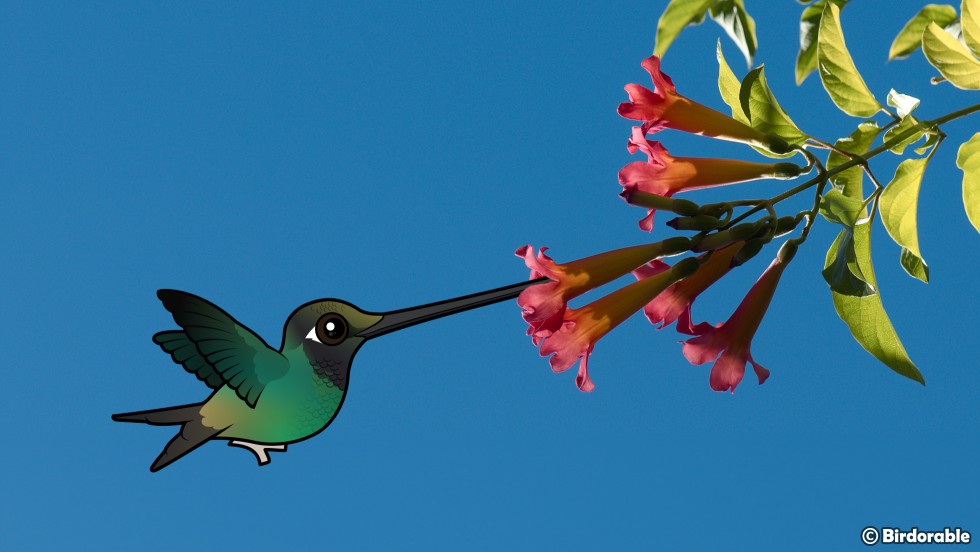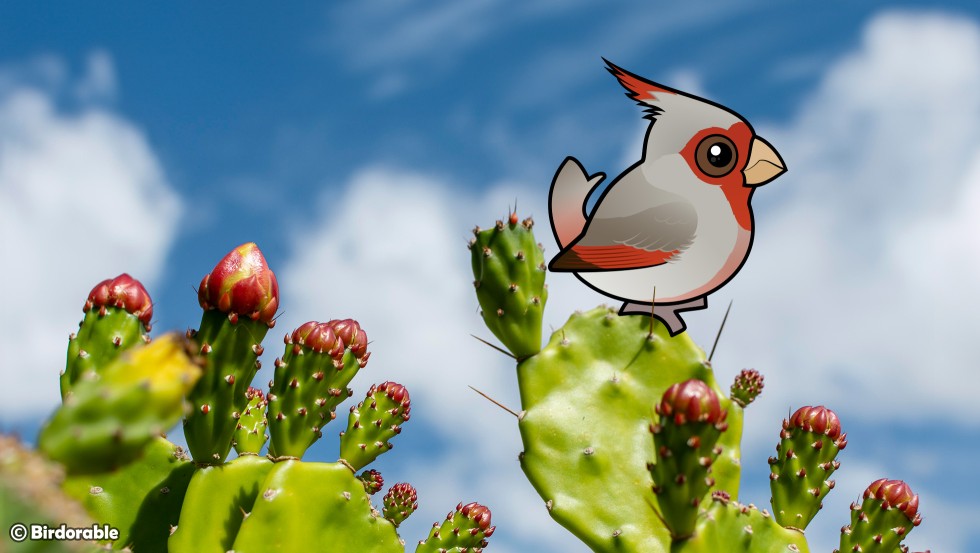
The Pyrrhuloxia is a captivating bird found in the arid regions of the southwestern United States and northern Mexico. Known for its striking appearance and unique adaptations, the Pyrrhuloxia is a favorite among birdwatchers and nature enthusiasts. Here are some interesting facts about this remarkable bird.
What's In a Name?
The name "Pyrrhuloxia" comes from the Greek words "pyrrhos," meaning flame-colored or red, and "loxos," meaning oblique or crooked. These refer to the flame colors in the bird’s plumage, and their unique bill shape. Pyrrhuloxia was formerly considered to be in its own genus, Pyrrhuloxia, but was later reclassified into the genus Cardinalis. A common nickname for the Pyrrhuloxia is Desert Cardinal.
Distinctive Looks
The Pyrrhuloxia has a striking appearance, characterized by its grayish body with vibrant red accents. Males are particularly eye-catching with their bright red face, crest, chest, and tail, while females have a more subdued coloration with touches of red. Their thick, curved, yellow bills are another key distinguishing feature.
Variable Noms
Pyrrhuloxia have a varied diet consisting of seeds, fruits, and insects. Their strong, curved bills are specially adapted to crack open tough seeds and nuts, making them efficient foragers in their harsh desert habitats. They also feed on cacti fruits and other desert vegetation. Cotton worms and cotton pest weevils are a treat -- a tasty nutritious bite for the birds, and free pest-control for cotton farmers.

Pyrrhuloxia by Andy Morffew (CC BY 2.0)
Similar Songsters
Pyrrhuloxia sing a song similar to their reddish cousins, Northern Cardinals. Pyrrhuloxia songs tend to be shorter and weaker. The Pyrrhuloxia vocal repertoire also includes a variety of whistles, chirps, and trills with a more metallic tone than cardinals. Males are particularly vocal during the breeding season, using their songs to attract mates and defend territories.
Long Live the Pyrrhuloxia
The longevity record for Pyrrhuloxia is at least 8 years and 1 month for a male bird banded in the 1980s in Arizona. Like most longevity records, this data is known from bird banding efforts by biologists. The typical lifespan for a wild bird is typically much shorter, due to predation and environmental factors. Predators include birds of prey, snakes, and mammals such as foxes and domestic cats.
Conservation Status
The Pyrrhuloxia has a conservation status of Least Concern, though the current population is trending downward. Degradation and reduction of habitat is a factor for their continued survival.
More to Learn
The life history of the Pyrrhuloxia is understudied, and there is much more to learn about the habits and behaviors of the Desert Cardinal. For example, these birds are non-migratory, but little is known about seasonal movements, the size of their home range, and other territory information. There is still much to learn about the Pyrrhuloxia!




















